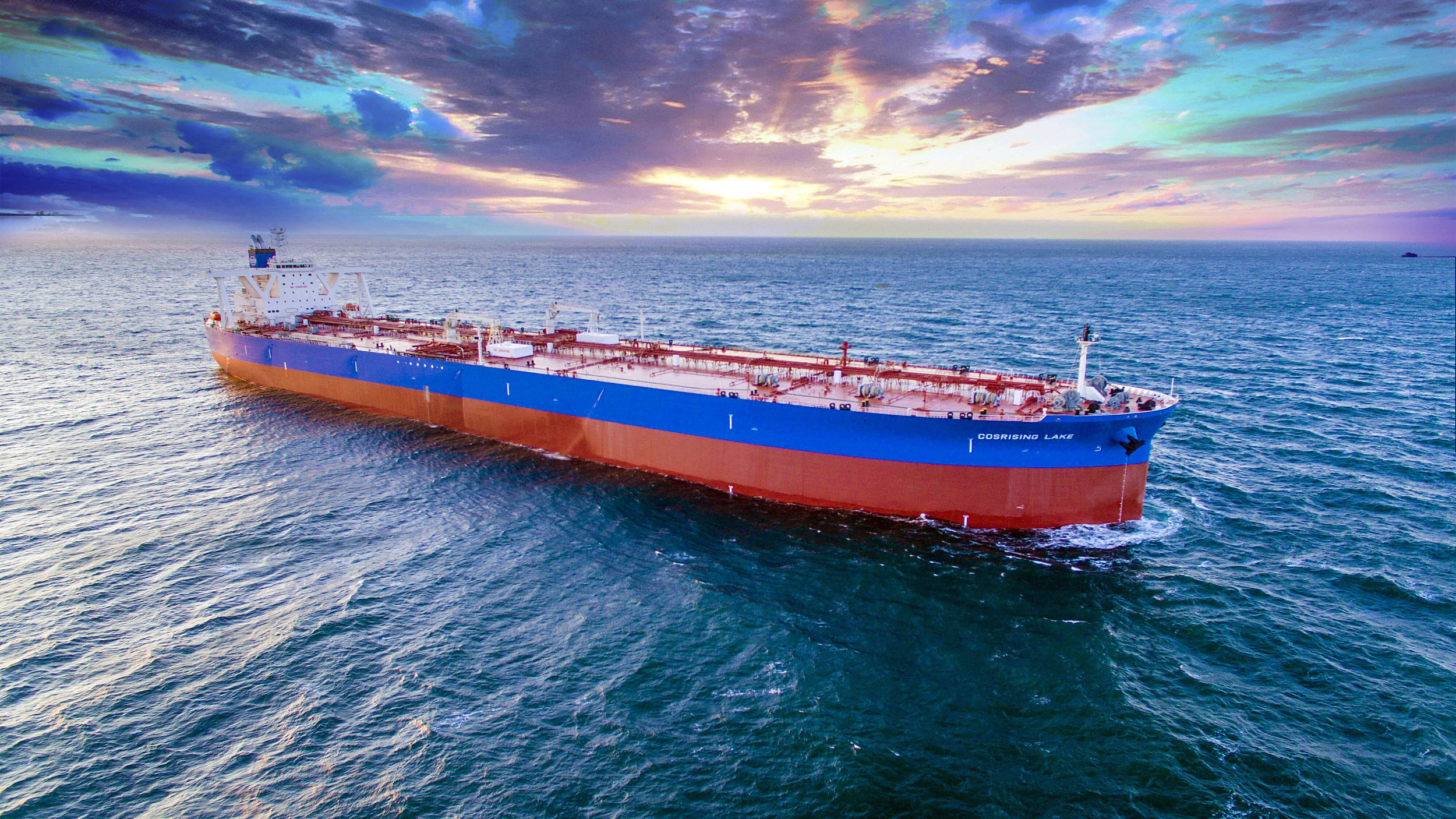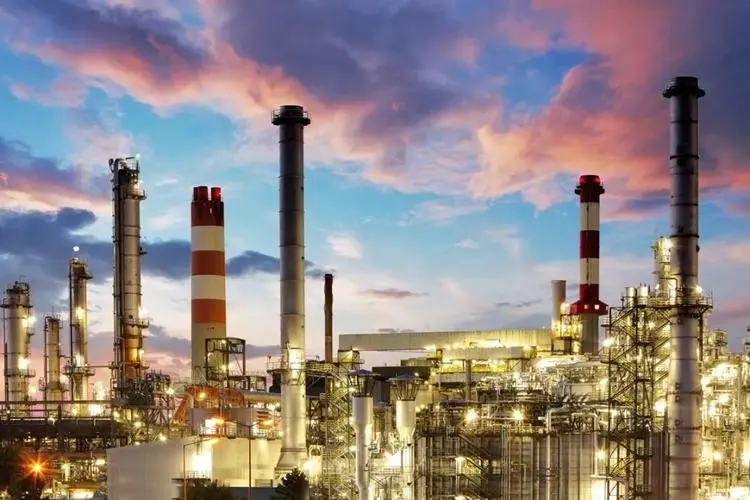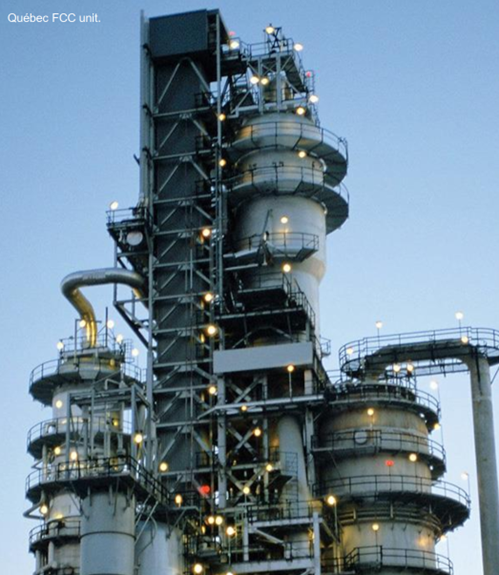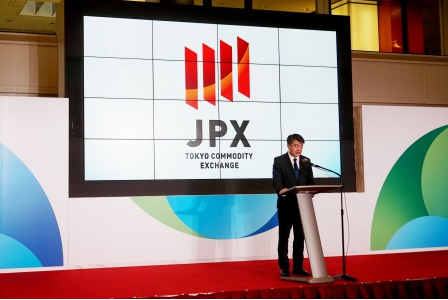TOCOM Energy
JPX Energy Market Updates(May 30, 2022)
Last week, global LNG market focus was on the US as U.S. natural gas benchmark prices jumped to above $9 per million British thermal units, record LNG exports combined with unseasonably high demand for electricity in recent weeks have pushed U.S. gas prices considerably higher than they normally are at this time of the year.
Moreover, working natural gas stocks are around 18% lower than the year-ago level and 15% lower than the five-year average for the past week, according to the EIA’s latest Weekly Report released on May 26. The report also estimated a net injection of just 16 Bcf in the South Central region during the prior week with salt caverns across the region showing zero net change in storage levels for the period. Already depleted gas storage inventories in the US South Central region face outsized market risks this summer with strong power burns, narrow summer-to-winter forward price spreads and record LNG demand promising to slow injections.
In 2021, incremental LNG supply from the United States (+22.3 million tons) accounted for more than the total of global incremental supply (+16.2 MT). Australia and Qatar are still leading the pack, with 78.5 MT and 77 MT respectively. Followed by the United States, who supplied 67 MT of LNG in 2021 and could become the world’s leading LNG supplier in 2022. U.S. natural gas prices have surged by more than 130% since the beginning of the year, due to strong demand for LNG, especially in Europe, which is scrambling to replace as much Russian gas as soon as possible. Even so, U.S. natural gas prices are significantly lower than Asian or European prices, as exports increase U.S. natural gas prices is likely to stay elevated for the rest of the year.
Key demand centers in Europe and Asia are facing their own set of uncertainties ahead of next winter, the peak demand period in the northern hemisphere.
In European gas market,attention previously focuses on Russia as Russian President signed a decree requiring EU buyers of Russian natural gas to transfer funds in rubles. The impact is basically diminished with most countries reached a compromise, although countries that refused to comply with the new mechanism, including Poland, Bulgaria and Finland, have been cut off from Russian supplies, the overall impact on European market seems small. At same time, The European Commission and the US reaffirmed May 24 the need to take "decisive" action to cut Russian energy imports. The moves triggered renewed supply-side concerns, with European gas prices remaining high and volatile.
Since the outbreak of Russia Ukraine war, Europe has become the world’s premium LNG market. On the one hand, high gas prices are set to weigh on gas demand in the power and industrial sectors, European natural gas demand is forecast to decline by close to 6% in 2022 by the IEA. On the other hand, Europe, has imported record LNG volumes of 14-15bcm per month so far in 2022 by attracting most spot cargoes available with a price premium to Asian buyers offered. European gas storage injections hit their highest on record for the April-May period this year, slightly above the 2020 levels. The strong storage injections have moderated down Europe’s storage deficit, with inventory levels now standing just 9% below their 5 year average. With so many LNG cargoes shipped to Europe, the ability to land those cargoes at European import facilities became more challenging, LNG vessels are seen built up outside ports in NEW in recent weeks. Even so, for the rest of the year, as Europe gradually cuts Russian supplies, benchmark Dutch TTF gas prices may remain a premium level to other market to attract spot LNG cargoes. Injections are primarily driven by two factors: storage regulations and fill targets, Germany for example,Under the new rules operators must fill storage facilities to 90% capacity by Nov. 1. Secondly, potential supply risks ahead of next winter.
In Asian LNG market, the benchmark JKM prices until recently have generally been at a premium to Atlantic basin prices, so Europe acted as the market of last resort for LNG cargoes. But the arbitrage has flipped this year with Asian prices instead tracking European hub prices. High spot LNG prices are hurting importers across Asia, Asian LNG imports fell 10% year-on-year in Q1 2022, with Chinese, Japanese, and Indian imports down 11%, 14%, and 25%, respectively. In April, JKM prices eased below $30/MMBtu and in the first half of May, spot prices for June delivery cargoes dipped below $20/MMBtu on some days as European LNG terminals slots filled up. Prices will need to drop far below $20/MMBtu to incentivize buyers to return to the market according to what traders and industry executives said at the world gas conference. While the spread of TTF front-month contract and JKM price has narrowed, Europe is still offering a premium of EUR 4-10/MWh on forward contracts for the remainder of the year, that indicates competition between Europe and Asia for limited LNG will be intense for the following months.




